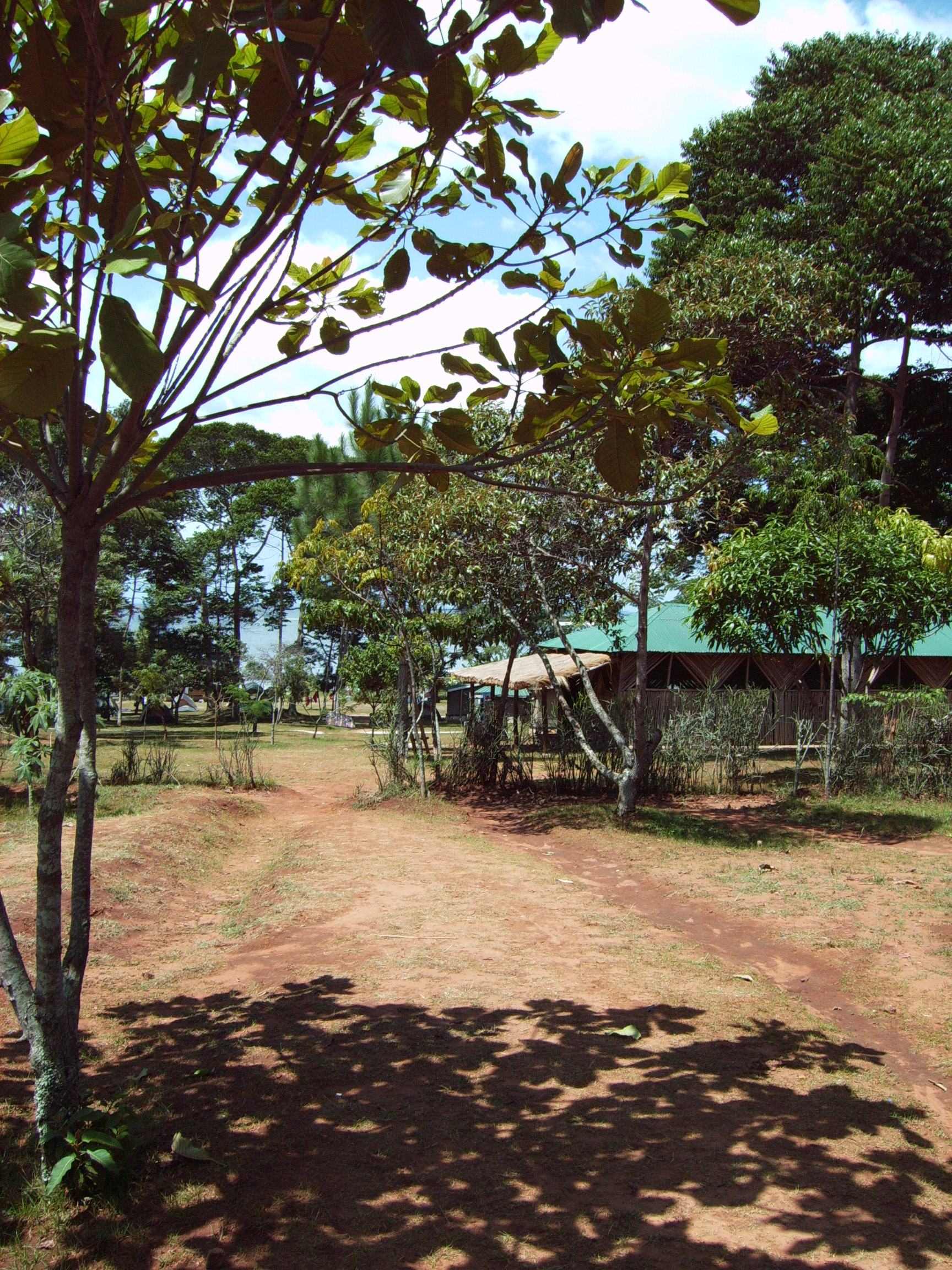by Lily Van Alstine
There is currently a strong perception that gang violence is a race problem. Many different channels of our media attempt to portray as a problem affecting only communities of color, that can only be solved by communities of color. Just this year, the President of the United States accused undocumented Latinos of being rapists and criminals. This kind of sweeping generalization is, frankly, sickening. And what’s worse is the statement was, sadly, a distillation of his audience’s thoughts on whether certain races are inherently violent. This thinking is widespread and I want to challenge the assumption in two ways. First, I’d like to say, briefly, that reporting on ethnicity and gang involvement is very complicated. Data often fails to reflect how many people of color (POC) do not join gangs, and new polling shows us that there may be more white people in gangs than previously reported. And second, that there is a set of criteria, that when met, make an individual more susceptible to gang recruitment. These criteria remain the same regardless of race. However, systemic racism, by which I mean an economic and political system that works against a racial minority, can often create an environment where the oppressed group becomes more susceptible to recruitment by radical groups like gangs. In the United States, our history of racism, and xenophobia has made it so that when there are higher rates of gang activity in the Latino and African American communities, it is not a factor of pathology, or the moral failure of a community, it is a product of societal inequity. This essay will examine the connection between the social environment racist power structures have produced, and how they cause higher risk for academic difficulty, family instability, and community turmoil in vulnerable communities.
From the outside looking in, it can be hard to understand why someone would join a gang. But from the perspective of someone who is at risk, gangs can provide community, structure, a sense of self-worth/status, safety, and or money for said young people.
One of the most widespread risk factors for gang involvement is difficulty in school. America is known for its poor education system in comparison to other industrialized nations and while graduation rates are improving there is still a wide disparity when it comes to race. In many parts of the country, public schools are still segregated because our government neglected to push for, and even actively prevented desegregation. In fact, nationally, we are more segregated than we were in 1967. This issue is not one of color, but of socio economics, however, segregation becomes a socioeconomic issue. When we look at the allocation of funds and its connection to race, like how the taxes produced in one area return to that area’s school, meaning education in poor communities is limited by the income of residence, it’s not difficult to see that schools with more people of color have less money than those with more white children. Week long exchange programs have been instituted to try to improve conditions of segregation without desegregating and students on both sides found the resources a school has affects a student’s ability to learn, from the teachers it hires to the materials available to students such as good textbooks and computers. The odds are stacked against students in segregated schools. Furthermore, according to the U.S. census bureau, graduation rates dip even lower, to just 61% for students who speak limited English. Young people will often turn to gangs when they do not find stability and community in their school. Gangs provide a form of training in gang activities, which takes the place of traditional education and can be more attractive to a young person.
Family conditions can also greatly affect gang involvement. For one things, teens who lack protection, affirmation, and a stable family structure can be more susceptible to recruitment. Gangs offer them love, acceptance, and companionship when they do not find this at home. There are several political and economic factors that can inhibit vulnerable Black and Latino families from maintaining stable two parent households. One of the greatest destabilizing forces for many Black and Latino families was the war on drugs. It was our government’s response to the crack epidemic in the 1980’s. Not only did it fail to stop drug use, it continues to target drug users in POC communities, even though the majority of drug users are white. Currently, African Americans and Latinos make up 56% of American Prison populations, though they represent only 32% of the national population. If they were incarcerated at the rate of white’s, the prison population would decline by 40%. This problem is a hugely destabilizing factor in many homes.
Beyond incarceration studies also show that it is more difficult to get a job as a Black or Latino person in America. Furthermore, though more white people are on welfare than African Americans or Latino people, within their communities poverty rates are more than double that of whites. A single parent with two children making minimum wage has to work 50+ hours to escape poverty. Mass incarceration has led to more single parent households, which, on top of existing hiring bias against POC and the amount of hours a parent would have to work to keep a family of three afloat, results in many Black and Latino parents having more difficulty providing the kind of structure and stability that comes with economic privilege. And when you do not come from affluence in our country, it is incredibly difficult to escape your economic standing. Gangs promise young people an easy way to make money, through robbery, or selling drugs, which becomes much more appealing for those who have less or want to support their families. Furthermore, having family member or friends in gangs increases the likelihood of joining a gang. As Malcolm Gladwell said in his essay “The Revolution Will Not be Tweeted” high risk activities, whether done by radical religious groups, or Activist groups like Black Lives Matter, require strong tie connections, or close connections to an organization through close friends or family members. Strong-tie Theory applies to gang recruitment, in that young people with strong ties to friends or family already involved in gangs are more likely to join, and commit high risk acts for their gang, like deal drugs, commit other crimes, or be violent with police or other gang members in the name of their gang.
After education and family a third factor is community. Pioneering feminist Bell Hooks believed that one of the greatest ways to increase equity was to cultivate strong communities for POC. Growing up in a community where youth regularly see poverty, drug use, and a glorified gang lifestyle many feel compelled to join gangs. It should be said that drug use is not as nearly high as it once was, and the current drug epidemic is impacting white communities instead. But drug use is still a persisting problem and those growing up around drug use are shown to be susceptible to gang recruitment. Furthermore police cannot and often will not protect people in communities of color like they do white communities. And those who feel threatened or unsafe in their communities, will seek refuge in the safety of a gang because they cannot rely on other social institutions to protect them.
Another aspect of this is low residential mobility. I see this problem manifest itself in two ways. The first is that through our history, white people have had many different strategies to bar residential integration. One strategy, that can still be problem today, is legal loopholes used to prohibit specified races from purchasing property in white neighborhoods. This kind of legal tactic was technically made illegal in 1948, and though it stays in use, another strategy used by realters in the L.A. area made use of this ‘legislative landmark’ by renting one house in a white neighborhood to an African American family, then buying out the rest of the houses on the street as white families fled the area. They then jacked up the prices of the houses, and sold them to middle class African American families desperate to get into better neighborhoods. These tactics caused serious over-crowding, and overtime, kept black families from ultimately benefiting from whatever level of affluence they achieved. Anyone able to afford to get out of the slums, was prevented from doing so, which meant the issues hurting the severely impoverished remained connected to the Black middle class. The second way, is especially a problem in areas heavily incorporated by gang activity. Because different factions of Crips and Bloods occupy areas very close to each other, some young people literally do not leave the street they were born on because of territorial gang wars. According to former and current member of both gangs, those with the least amount of mobility have the worst outlooks on life. They are both the most vulnerable to gang recruitment, and the least likely to leave. I use examples from one specific area, but these patterns are mirrored, albeit to varying degrees, in many other places in our country.
The more of these risk factors a person has, the more susceptible they are to joining a gang. But it is not a coincidence that White youth have lower susceptibility given that most aspects of our society work in their favor. But if we insist on looking only at the gang activity in the African American and immigrant Latino communities we must look at the big picture in order to solve our problem. Which is that because institutionalized racism provides obstacles to their education, makes achieving all elements of a stable supportive households more challenging, and keeps them in vulnerable areas with less hope of upward mobility, it causes increased susceptibility to gang involvement. When we identify a trend in gang violence in vulnerable communities without recognizing how our society has contributed to the problem, not only do we fail everyone vulnerable to gang violence, we fail our country as a whole.
References:
http://www.statisticbrain.com/gang-statistics/ https://www.childtrends.org/indicators/high-school-dropout-rates/ http://www.ncpc.org/programs/teens-crime-and-the-community/publications-1/adult2-pdf https://www.usnews.com/news/blogs/data-mine/2015/03/16/federal-data-show-racial-gap-in-high-school-graduation-rates-is-closing https://www.census.gov/newsroom/press-releases/2017/income-povery.html
Gangs: Reasons Youth Join, Warning Signs and Prevention Tips
https://www.newyorker.com/magazine/2010/10/04/small-change-malcolm-gladwell





